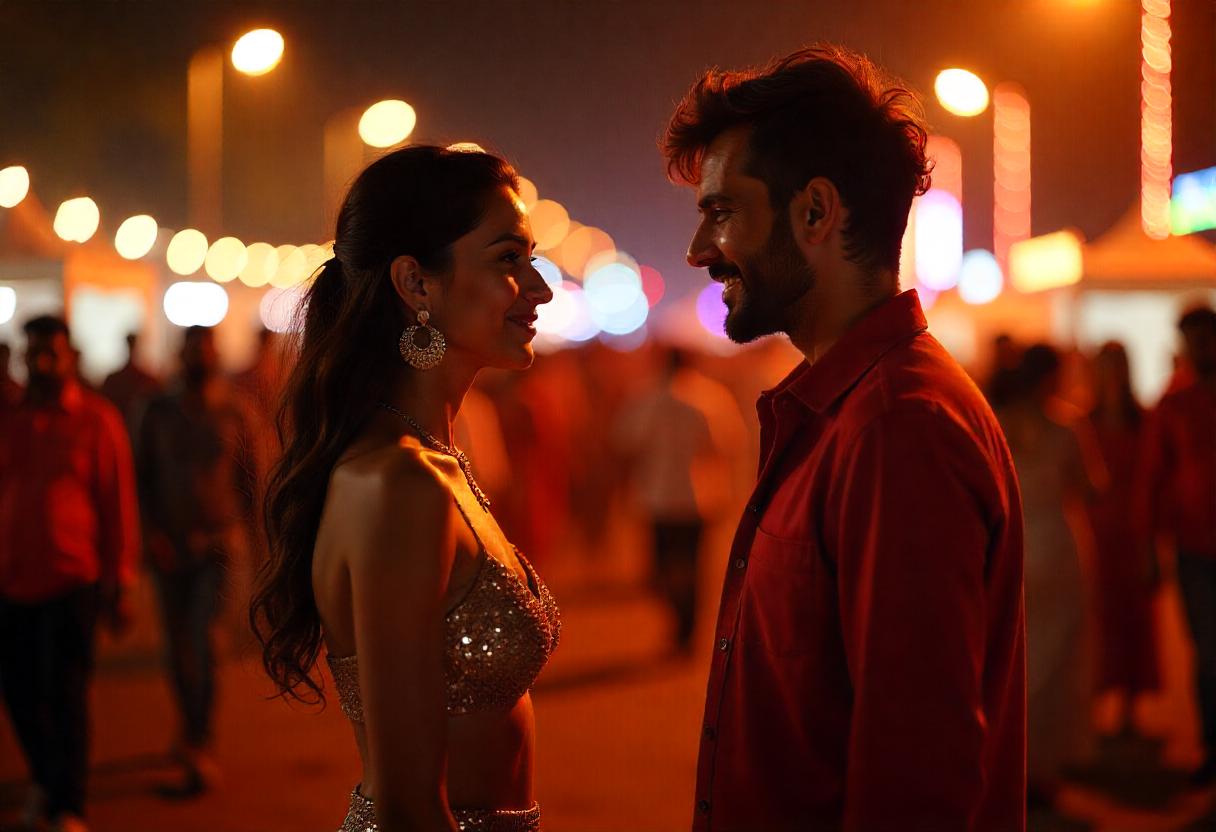India is a land of diverse cultures, traditions, and languages, reflected in its vibrant festivals celebrated throughout the year. Each festival showcases the rich heritage and unity in diversity that characterizes the country. Here’s a look at some of the most significant cultural festivals in India.
1. Diwali
- When: October/November
- Highlights: Known as the Festival of Lights, Diwali celebrates the victory of light over darkness and good over evil. Homes are decorated with diyas (oil lamps), and families come together for prayers, feasts, and fireworks.
2. Holi
- When: March
- Highlights: The Festival of Colors marks the arrival of spring. People celebrate by throwing colored powders, water balloons, and indulging in sweets. It’s a joyous occasion promoting love and harmony.
3. Durga Puja
- When: September/October
- Highlights: Celebrated primarily in West Bengal, this festival honors the goddess Durga. Elaborate idols are created, and the festival culminates in immersion rituals. The event is marked by cultural performances, food, and processions.
4. Eid al-Fitr
- When: Varies (based on lunar calendar)
- Highlights: Celebrated by Muslims worldwide, Eid al-Fitr marks the end of Ramadan. Families come together for prayers, feasting, and giving alms to the poor, showcasing the spirit of community and gratitude.
5. Pongal
- When: January
- Highlights: A harvest festival celebrated in Tamil Nadu, Pongal is dedicated to the Sun God. Families prepare a special dish made of newly harvested rice and celebrate with traditional songs, dance, and rituals.
6. Navratri
- When: September/October
- Highlights: A nine-night festival dedicated to the worship of goddess Durga. The celebration includes fasting, dance (Garba and Dandiya), and cultural performances, culminating in Vijayadashami (Dussehra).
7. Onam
- When: August/September
- Highlights: The harvest festival of Kerala, Onam celebrates the homecoming of the mythical King Mahabali. The festivities include traditional feasts (Onam Sadhya), boat races, and floral decorations (Pookalam).
8. Baisakhi
- When: April 13/14
- Highlights: Primarily celebrated in Punjab, Baisakhi marks the harvest of rabi crops and the Sikh New Year. The festival includes traditional music, dance (Bhangra and Gidda), and communal feasts.
9. Makar Sankranti
- When: January 14
- Highlights: This harvest festival marks the transition of the sun into the zodiac sign of Capricorn. Celebrated with kite flying, bonfires, and traditional sweets made from sesame and jaggery, it varies regionally across India.
10. Christmas
- When: December 25
- Highlights: Celebrated by Christians across India, Christmas involves church services, festive decorations, and family gatherings. Cities like Goa and Mumbai are particularly known for their vibrant celebrations.
11. Gudi Padwa
- When: March/April
- Highlights: The Marathi New Year, Gudi Padwa is celebrated with the hoisting of the Gudi (a pole decorated with a cloth) and a special meal. It symbolizes prosperity and new beginnings.
12. Janmashtami
- When: August
- Highlights: Celebrated to mark the birth of Lord Krishna, Janmashtami involves fasting, devotional singing, and reenactments of Krishna’s life. In some places, groups compete to break pots filled with curd.
These festivals represent just a glimpse of the rich tapestry of cultural celebrations in India. Each festival not only highlights the diversity of traditions but also fosters a sense of community and belonging, making India a vibrant and colorful destination to experience.




Leave A Comment